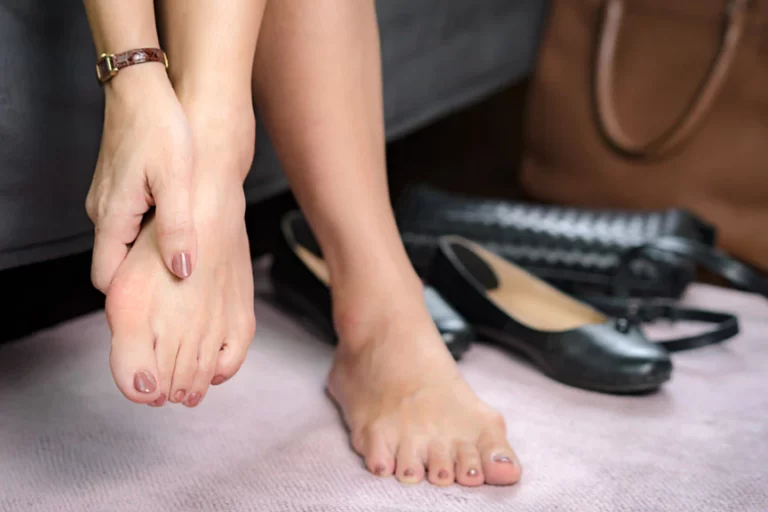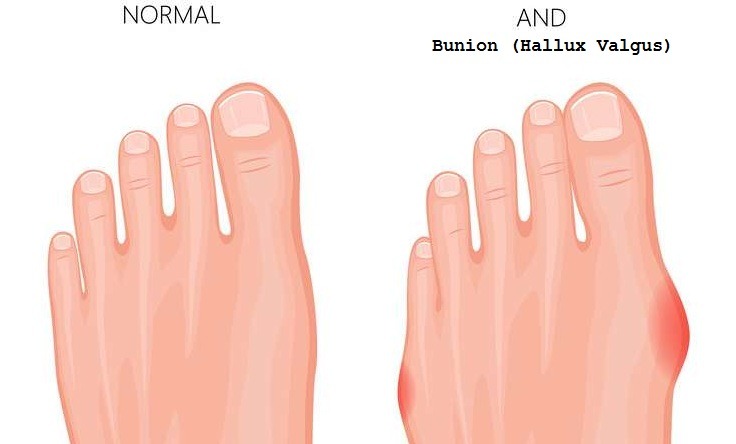Flat foot, an orthopedic disease, is a common problem in most of the population. The sole, which carries all the weight of our body, has a curved structure that allows us to walk easily. Flat foot is mentioned in the absence or insufficiency of the curved structure.
While it may be a congenital disorder, it may also occur after the age of 30s. Discomfort that occurs in advanced ages may develop due to excessive weight or excessive and straining use of the soles. During this period, bones and joints in the foot may collapse over time, causing flat foot.
The absence of arch when the sole of the foot touches the ground, stepping inward, the knees touching each other while walking, the restriction of physical movements, getting tired easily, pain under the foot and the knee may be a sign of flat foot.
People with flat foot problems usually need to wear shoes according to the orthopedic structure of the foot. Insoles can be used to correct the pressing axle of the foot and reduce the pain. It is important that the insoles used are specific to the person and if possible, prepared according to the computer-aided gait analysis.
Surgical treatment can be applied if the person’s flat foot disease is too advanced to be followed by an insole worn inside a shoe or if there are structural bone-connective tissue anomalies that cause flat feet.








